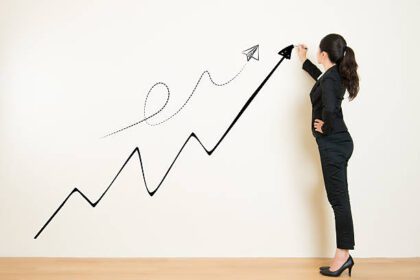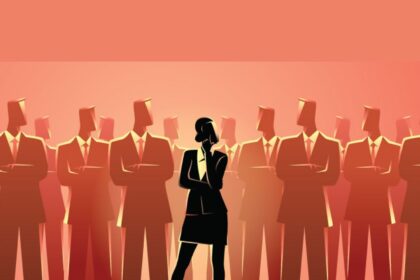Every September, millions watch Apple unveil its latest gadgets often with only incremental improvements yet sales soar. Why? Because Apple has mastered the art of making you want what you don’t truly need. The company has built a machine of desire that blends cutting edge design, emotional storytelling and subtle psychological nudges to turn “nice to have” into “must have.”
In the world of global consumer brands, no one pulls the strings of aspiration quite like Apple. It’s not just about selling devices it’s about selling identity, status and belonging.
The Psychology of Apple Desire
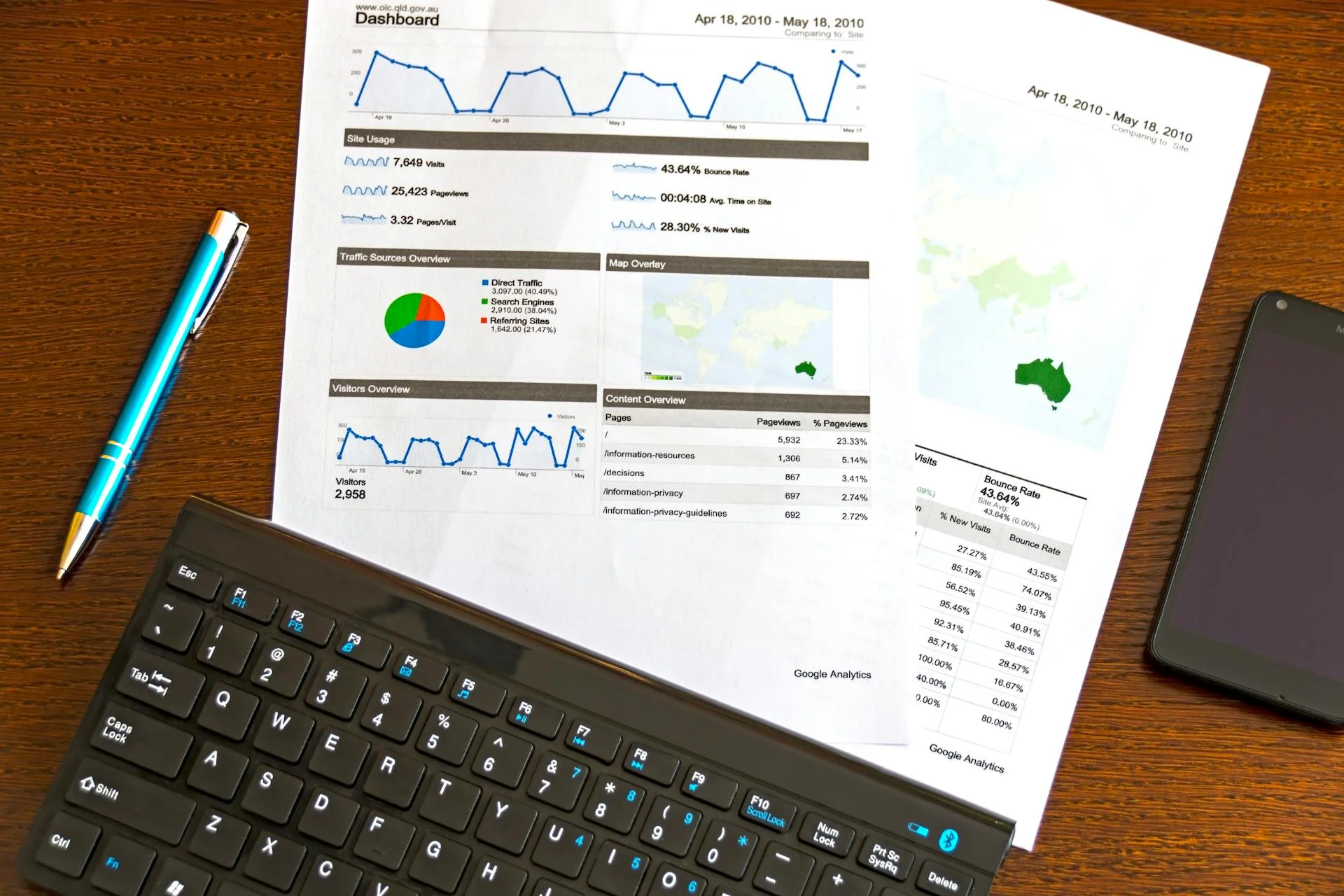
Scarcity and Exclusivity
Apple rarely floods the market immediately after launch. Limited early stock builds scarcity, making buyers feel they’re chasing something rare. This is why you’ll often see long queues outside Apple Stores an image that reinforces the brand’s exclusivity.
The Halo Effect
When one Apple product delights you, your brain assumes the rest will too. This “halo effect” means if you love your MacBook, you’re more likely to crave an iPhone, AirPods, or even an Apple Watch regardless of actual need.
The Price Paradox
Apple’s higher prices don’t scare buyers, they seduce them. Luxury pricing signals quality, turning the purchase into a status statement. People aren’t just buying a phone they’re buying prestige.
Design That Talks to Your Emotions
Apple’s products are engineered not just for performance, but for desire. From the satisfying “click” of a MacBook trackpad to the minimalist beauty of iOS icons, Apple engages the senses to create emotional attachment.
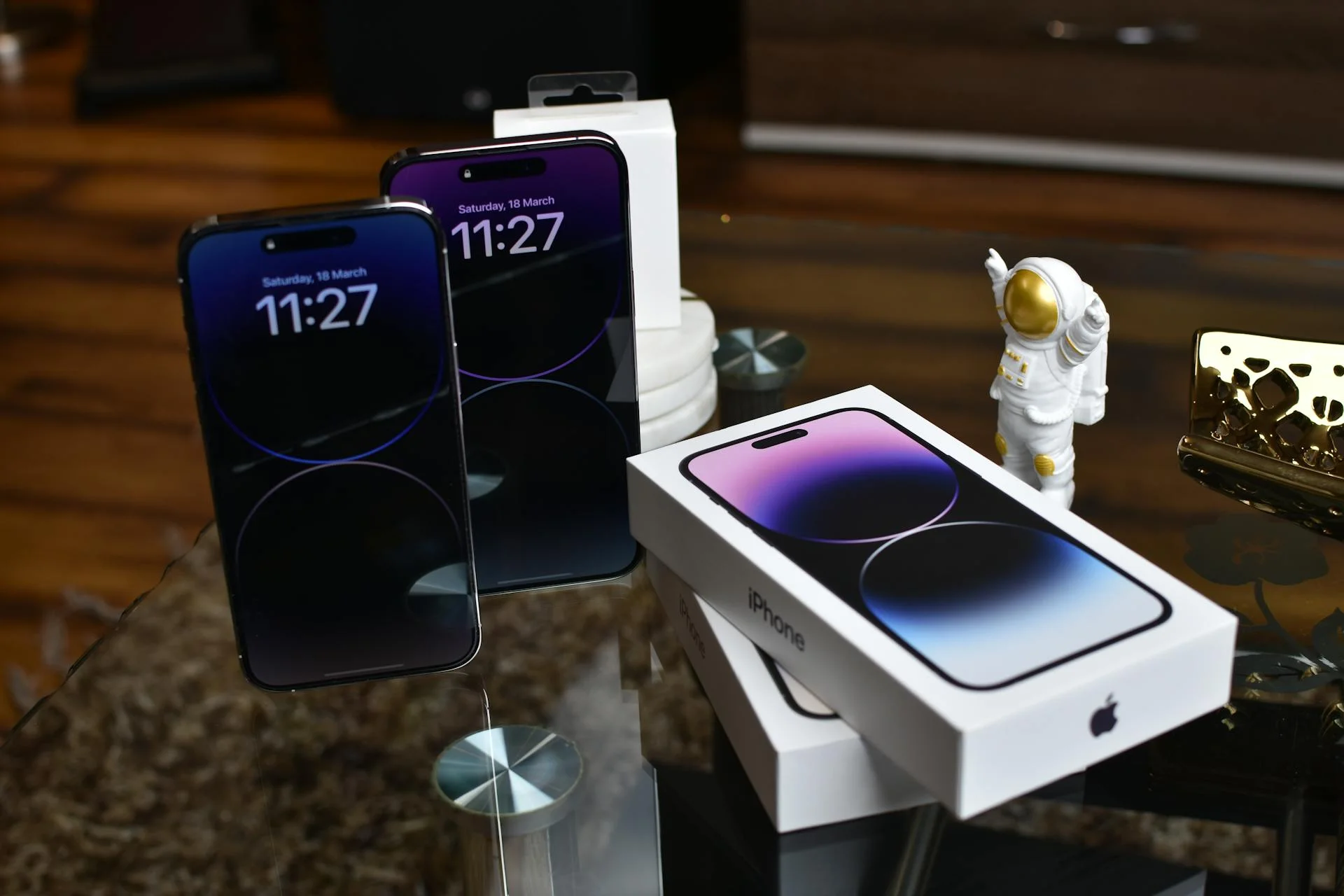
The Unboxing Ritual
Apple packaging is designed to slow you down. The smooth glide of the box lid, the perfect alignment of accessories it all builds anticipation. In psychology, this is known as a “reward anticipation loop,” priming your brain to feel pleasure before you even use the device.
The Consistent Aesthetic
Apple’s design language hasn’t changed drastically in over a decade yet it always feels fresh. Familiarity breeds comfort, while small refinements make the old feel outdated enough to justify an upgrade.
The Marketing Masterstroke
Apple doesn’t advertise features; it advertises lifestyles. The iPhone campaign isn’t about megapixels—it’s about “Shot on iPhone,” implying artistry and creativity are within your reach.
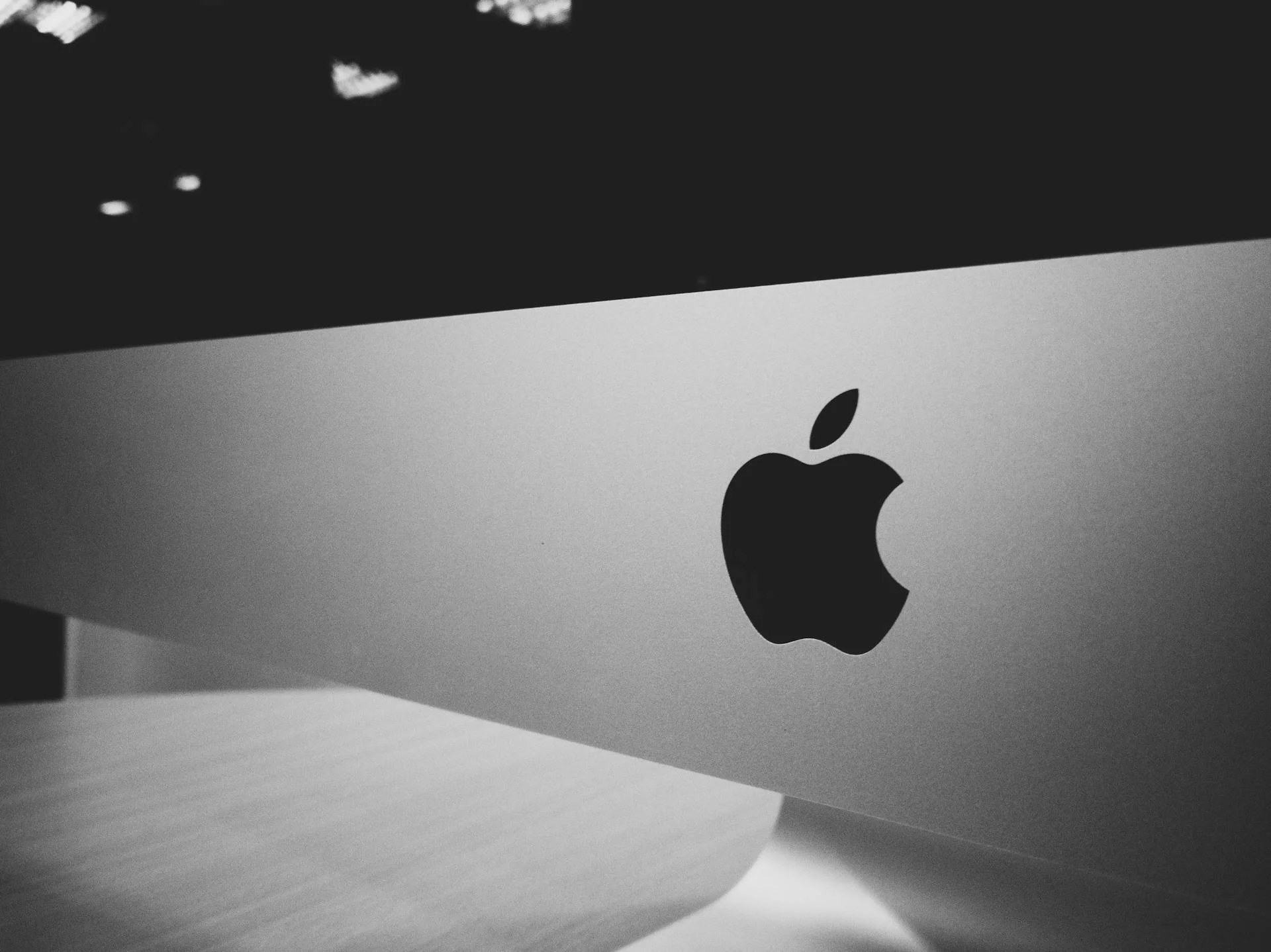
Storytelling over Specs
Most tech companies lead with specifications. Apple leads with stories real people, stunning visuals and relatable scenarios. Specs are secondary, because emotion sells better than logic.
Event Theatre
The Apple keynote is more than a product launch it’s a global cultural moment. Tim Cook’s pauses, the reveal slides, the perfectly timed videos it’s theater designed to make you feel like history is unfolding.
The Ecosystem Lock-In
Once you buy one Apple device, you’re pulled into a seamless ecosystem—AirDrop, iCloud, Apple Music, Apple Pay. The convenience makes switching painful, so upgrades feel like the easiest path, even if you don’t need them.
The FOMO Factor
When friends and colleagues upgrade, your old device suddenly feels obsolete. Apple subtly fuels this fear of missing out through targeted ads, influencer partnerships and high profile product placements in media.
Conclusion
Apple doesn’t just sell gadgets it sells desire, belonging, and a promise of a better self. By blending design, scarcity, emotional marketing, and ecosystem lock-in, it convinces millions to spend on what they don’t need, but deeply want.
The bigger question is: in a world where tech cycles are accelerating, is Apple shaping consumer behavior or are we willingly shaping ourselves to fit its vision?
FAQ
Q1 : Why do people keep upgrading even when their devices work fine?
Because Apple makes the experience of owning something new feel more valuable than the functionality itself.
Q2 : Is Apple’s strategy manipulative or just smart marketing?
It’s both a masterclass in persuasion that blends psychology with product design.
Q3 : Can other brands replicate Apple’s success?
Only if they combine product quality, emotional storytelling, and ecosystem integration with the same discipline Apple applies.





